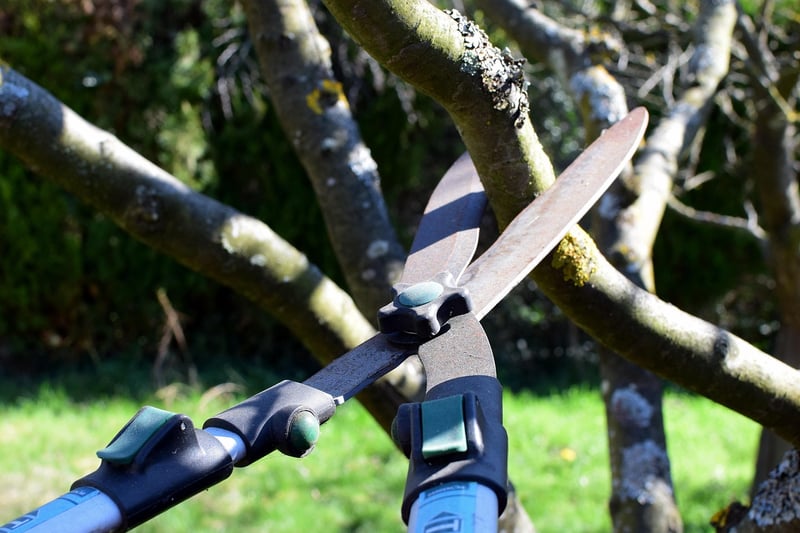Pruning Techniques
Keeping Your Vertical Garden Healthy
Vertical gardens are a fantastic way to bring greenery into small spaces and add life to your surroundings. However, maintaining the health of your vertical garden is essential to ensure its longevity and vibrancy. Here are some tips to keep your vertical garden healthy and thriving:
1. Choose the Right Plants
Not all plants are suitable for vertical gardens. Select plants that thrive in a vertical environment, such as ferns, succulents, pothos, and spider plants. Ensure they have similar light and water requirements to prevent one plant from overpowering the others.
2. Proper Watering
Watering is crucial for vertical gardens as water may not reach all plants equally. Consider installing an irrigation system or hand-watering the garden regularly. Monitor the moisture levels to prevent overwatering or underwatering.
3. Adequate Lighting
Place your vertical garden in a location that receives sufficient sunlight or install grow lights if natural light is limited. Different plants have varying light requirements, so ensure each plant receives the light it needs to thrive.
4. Regular Maintenance
Inspect your vertical garden frequently for pests, diseases, and weeds. Remove any dead leaves or debris to prevent them from affecting the health of the other plants. Prune regularly to promote growth and maintain the garden's shape.
Pruning Techniques for Vertical Gardens
1. Deadheading
Remove faded or dead flowers to encourage new growth and prolong the blooming period. Deadheading redirects the plant's energy into producing new blooms, keeping your vertical garden looking fresh.
2. Pinching
Pinching involves removing the tips of the plant's stems to encourage bushier growth. This technique is particularly useful for plants like herbs and flowering plants to promote branching and create a fuller appearance.
3. Thinning
Thinning is the process of selectively removing overcrowded or weak stems to improve air circulation and light penetration within the vertical garden. This prevents diseases and encourages healthier growth.
4. Shaping
Trimming and shaping your plants help maintain an aesthetically pleasing look for your vertical garden. Use clean, sharp tools to make precise cuts and shape the plants according to your desired design.
By following these tips for maintaining your vertical garden's health and using proper pruning techniques, you can enjoy a lush and vibrant green space in any environment.

For more information on vertical gardening and plant care, check out The Spruce.
